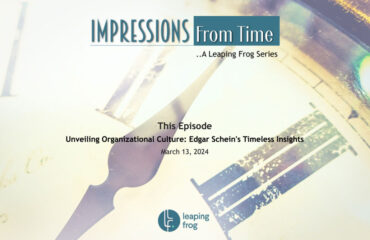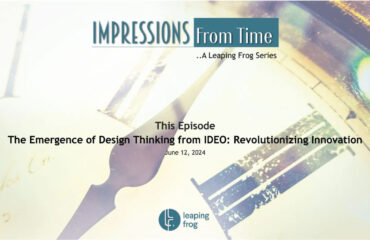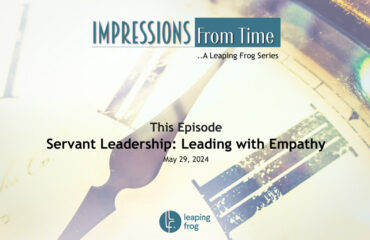
In 1975, a young engineer named Steve Sasson at Eastman Kodak made a discovery that would have profound implications for the world of photography and beyond. Sasson invented the first digital camera, a device that captured images using a solid-state electronic sensor rather than film. This remarkable innovation marked the dawn of digital photography. However, what should have been a celebrated breakthrough for Kodak turned into a cautionary tale about the dangers of resisting technological change.
Steve Sasson was just a 24-year-old electrical engineer when he embarked on the project that would change photography forever. Using a lens from a Kodak movie camera, a handful of Motorola parts, and a digital cassette recorder, Sasson created a prototype of the digital camera. It was bulky and rudimentary, capturing black-and-white images at a resolution of just 0.01 megapixels. The images were stored on a cassette tape, and it took 23 seconds to capture a single photo.
Sasson demonstrated his invention to Kodak executives in 1976. He explained that this was the beginning of a new era in photography. The executives were intrigued but also apprehensive. While they recognized the technical achievement, they could not see past their current business model, which was heavily reliant on the sale of photographic film.
At the time, Kodak was a giant in the photography industry, with a significant portion of its revenue coming from film sales. The company’s business model was built on a cycle of selling cameras to consumers and then selling film and development services. This “razor-and-blades” strategy had served Kodak well for decades, making it a dominant player in the market.
However, the advent of digital photography posed a direct threat to this model. Kodak’s management was concerned that embracing digital technology would cannibalize their film business. They feared that digital cameras would reduce the demand for film and, consequently, the revenue from their highly profitable film sales. As a result, Kodak decided to shelve the digital camera project, focusing instead on protecting its existing business.
The Rise of Digital Photography
Despite Kodak’s reluctance to embrace digital technology, the digital revolution was unstoppable. Throughout the 1980s and 1990s, other companies began to explore and develop digital cameras. Sony, Canon, and Nikon were among the pioneers who saw the potential of digital photography and invested heavily in its development. By the early 2000s, digital cameras had become mainstream, offering consumers unprecedented convenience and quality.
While Kodak eventually entered the digital camera market, its delayed response allowed competitors to gain a significant foothold. The company struggled to catch up and could not replicate the dominance it had enjoyed in the film era. Digital photography’s rapid advancement rendered film cameras increasingly obsolete, leading to a steep decline in Kodak’s market share.
The refusal to fully commit to digital technology had dire consequences for Kodak. As digital cameras became more prevalent, the demand for film plummeted. Kodak’s efforts to diversify into digital imaging and printing services came too late to offset the losses from its declining film business. By the late 2000s, Kodak was facing severe financial difficulties.
In January 2012, Kodak filed for Chapter 11 bankruptcy protection. The company that had once been synonymous with photography and innovation was now a shadow of its former self. The decision to prioritize short-term profits over long-term innovation had cost Kodak dearly.
Lessons Learned
The story of Kodak’s digital camera is a powerful reminder of the importance of embracing innovation and adapting to technological change. It highlights the risks of complacency and the dangers of relying too heavily on a single business model. For today’s companies, the lesson is clear: innovation should never be stifled out of fear of disrupting the status quo. Instead, organizations must foster a culture of continuous improvement, always looking ahead to anticipate and embrace the next wave of technological advancements.
……………………………………………………………………………………………………………………………………
“Impressions From Time” is a curated series from Leaping Frog about stories from the past that have helped shape modern-day practices in the people and organisation domain.
Leaping Frog, a new-age consulting firm, is an enabler and co-creator in enhancing people and organisational effectiveness. We love doing work in the areas of “Driving Organisational Change and Development”, “HR Systems and Talent Strategy”, and “Leadership and Life Coaching”.
Connect and share, for work and more.
Mail: comm@leapingfrog.in
Website: www.leapingfrog.in
Follow Us: https://lnkd.in/d7TQbsia




